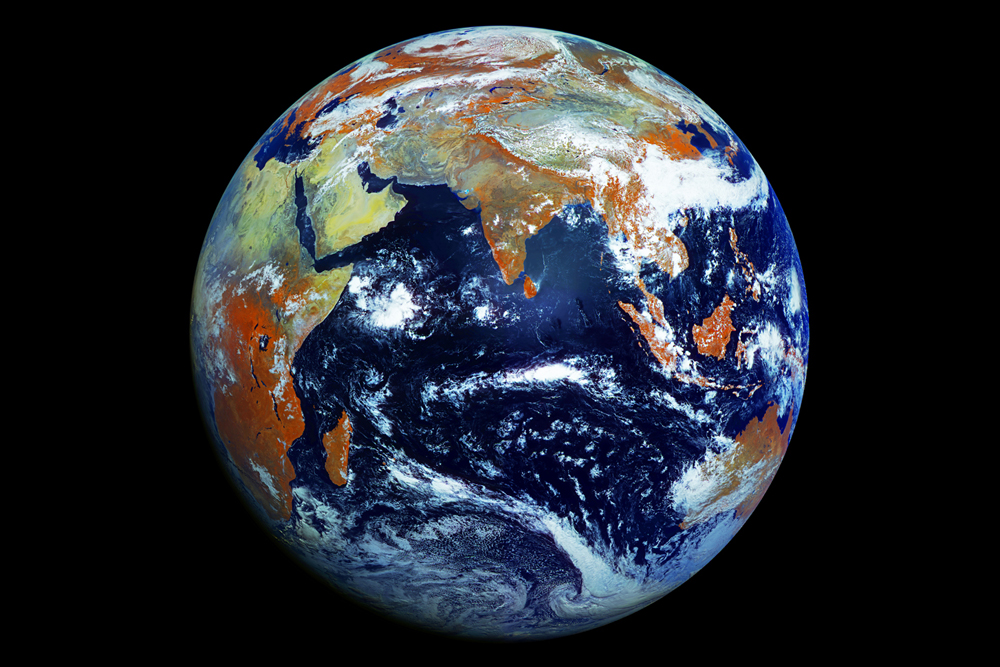Sluggish Surprise Found Deep Inside Earth

The way heat flows near the Earth's core, which is key to understanding the planet's evolution, has now been revealed to move more sluggishly than previously thought, researchers said.
The manner in which heat flows inside the Earth helps control how the world's innards move. That in turn drives major events on the planet's surface — for instance, the drifting of the continents, or the rise of giant pillars of hot molten rock from near Earth's core. However, due to its depth, much remains uncertain about the way heat flows near the deep lower mantle region some 400 to 1,800 miles (660 to 2,900 kilometers) below the surface. (Earth is made up of a solid inner core, surrounded by a liquid-metal outer core, above which is the solid but flowing mantle, covered by the planet's crust.)
To deduce the way Earth's lower mantle behaves, researchers have sought to subject rock to the kind of heat and pressure found there, which is no easy task. In this experiment, researchers used a new technique to for the first time measure the way heat flows in rock while under the extreme pressure found in the region. [Religion and Science: 6 Visions of Earth's Core]
"The lower mantle sits on top of the core where pressures range from 230,000 to 1.3 million times the pressure at sea level," researcher Douglas Dalton at the Carnegie Institution of Washington, said in a statement. "Temperatures are like an inferno — from about 2,800 to 6,700 degrees F (1,500 to 3,700 degrees C)."
The researchers experimented with magnesium oxide, which is found in major components of the mantle. They squeezed the samples between two diamonds with an anvil. "We went up to 600,000 times atmospheric pressure at room temperature," researcher Alexander Goncharov, a physicist at the Carnegie Institution, said in the statement.
In the past, scientists could measure only the thermal conductivity of minerals, or how easily they transfer heat, under relatively low pressures — it can be difficult placing probes for testing thermal conductivity in the limited confines used to generate high pressures. To overcome this obstacle, Goncharov and his colleagues used lasers that could scan the surface of a sample and measure its reflectiveness. The researchers could then use that number to deduce the sample's temperature, avoiding the need to fit into tight spaces to keep in touch with sampled materials.
"The laser technique, which our team was using, is truly unique," Goncharov said. "It was indeed a very exciting moment when our group managed to perform reliable measurements under pressure."
Get the world’s most fascinating discoveries delivered straight to your inbox.
Their findings revealed thermal conductivity was less dependent on pressure than predicted. As such, heat should flow more slowly in the lower mantle than researchers had predicted. At the boundary of the core and mantle, the team estimated total heat flow was about 10.4 terawatts, or 60 percent of the power used today by civilization.
In the future, the scientists will test other mineral components of the mantle.
"The results suggest that this technique could really advance other high pressure and temperature studies of the deep Earth and provide a better understanding of how Earth is evolving and how materials act under intense conditions," Goncharov said in the statement.
The scientists detailed their findings online Aug. 9 in the journal Scientific Reports.
Follow LiveScience on Twitter, Facebookand Google+. Original article on LiveScience.



